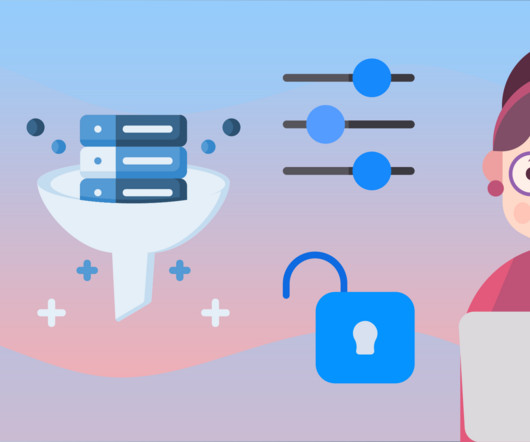What You Need to Know About E-rate
Digital Promise
JANUARY 13, 2015
One of those programs is the Universal Service Program for Schools and Libraries, better known as E-rate. E-rate helps schools and libraries get affordable Internet access by discounting the cost of service based on the school’s location – urban or rural – and the percentage of low-income students served.






























Let's personalize your content